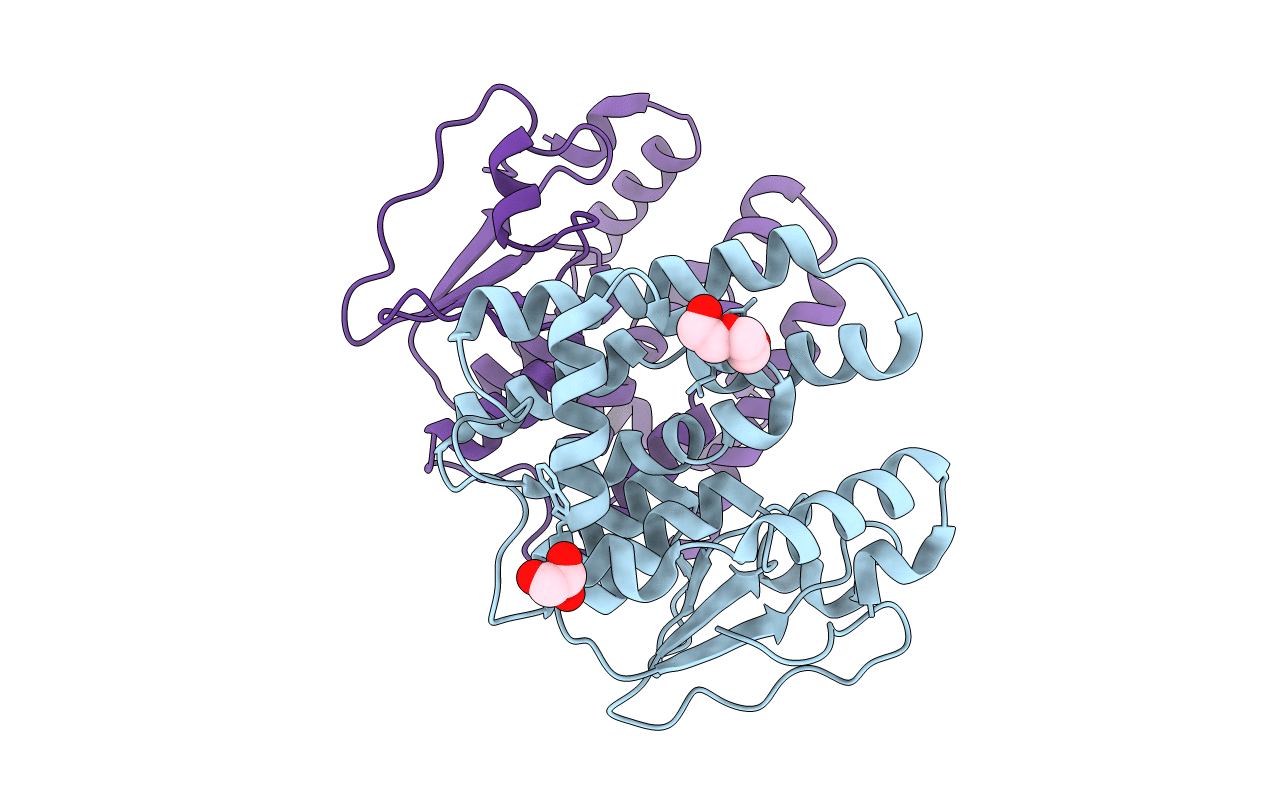
Deposition Date
2010-12-16
Release Date
2012-01-25
Last Version Date
2023-11-01
Method Details:
Experimental Method:
Resolution:
1.70 Å
R-Value Free:
0.18
R-Value Work:
0.15
R-Value Observed:
0.15
Space Group:
P 1 21 1


